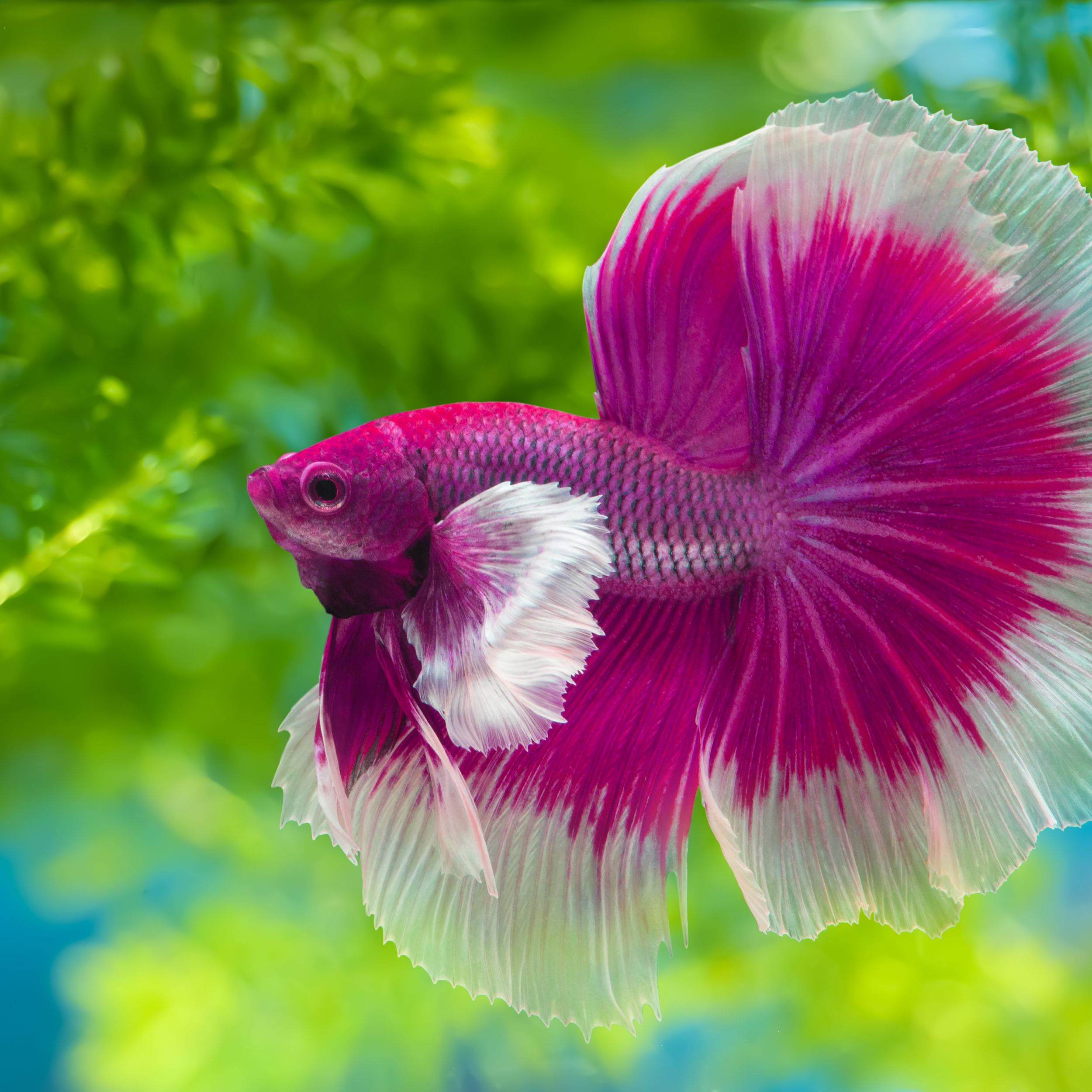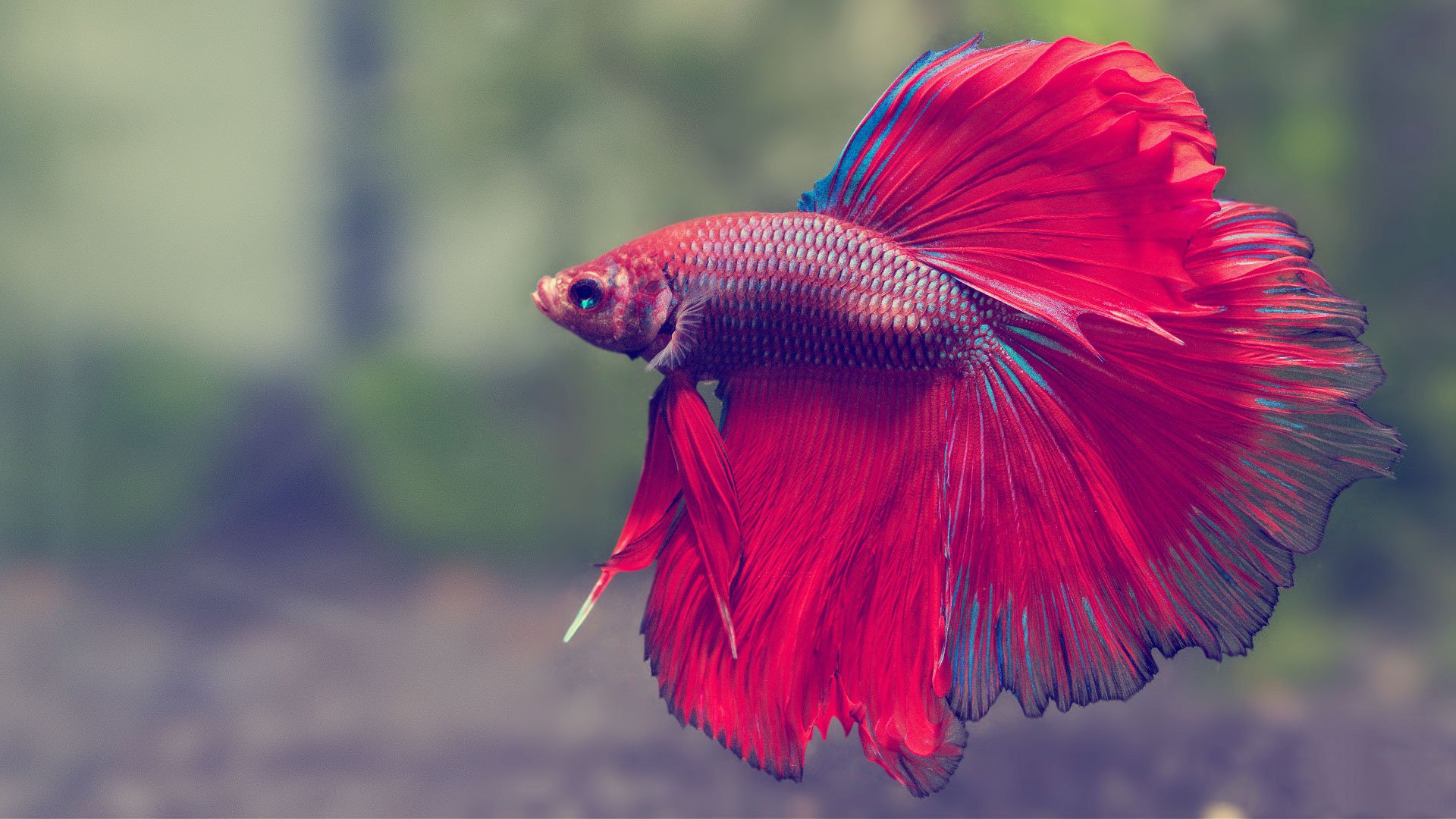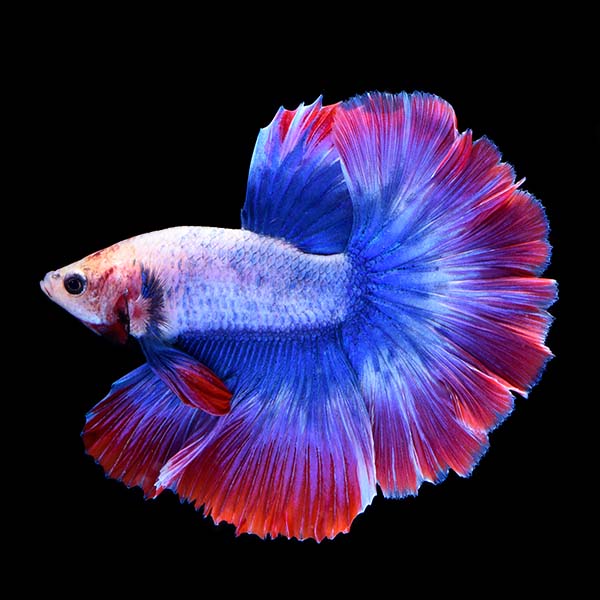Breeding Betta Fish: a Comprehensive Step-By-Step Guide to Efficiently Raising Baby Bettas From Eggs to The Adult Years
Breeding Betta fish is a thorough endeavor that needs mindful planning and execution to make certain the successful advancement of fry from eggs to mature fish. Picking genetically diverse breeding sets with preferable qualities is just the start; creating an ideal atmosphere and recognizing the intricacies of the breeding procedure are equally critical. As the male Betta vigilantly constructs a bubble nest and guards the priceless eggs, the subsequent phases of care and transition demand interest to detail and understanding of finest techniques. Just how does one browse the tough yet satisfying path of nurturing these vivid animals to their adult years?

Selecting Breeding Pairs
When starting the trip of breeding Betta fish, picking the appropriate breeding pairs is critical to accomplishing preferable qualities and a healthy family tree - betta fish. The primary step in this process is to recognize the certain qualities you want to improve or preserve, such as shade, fin type, and body form. It is important to choose genetically varied pairs to stay clear of inbreeding, which can cause health problems and undesirable attributes
Assess possible breeding prospects thoroughly. A healthy and balanced male Betta ought to display vivid colors, an energetic behavior, and well-formed fins, while the female ought to additionally show dynamic coloration and a rounded stomach, indicating readiness for spawning. Observing the personality of both fish is vital, as hostile or excessively shy individuals might not breed effectively.
Documents of lineage is similarly vital. Keeping records of the parent fish's origins can aid you track genetic characteristics and possible concerns. Additionally, get in touch with respectable dog breeders or on-line resources for assistance on choosing suitable sets. Inevitably, investing time in the selection process will dramatically boost the likelihood of creating strong, lively spawn that fulfill your breeding goals (betta fish).

Preparing the Reproduction Container
Developing an optimum reproduction atmosphere is a crucial step after selecting ideal sets for Betta fish. The reproduction tank ought to be particularly developed to offer comfort and stimulate the all-natural reproduction behaviors of the fish. Begin with a tank dimension of at the very least 10 gallons to guarantee ample room for both the male and women Bettas.
Preserve a gentle filtering system to keep the water tidy while preventing solid currents that can worry the fish. Additionally, an air rock can be included to offer oxygenation without disrupting the water surface excessive.
Temperature level policy is crucial; go for a stable variety of 78-82 ° F(25-28 ° C) using a reliable heating system. The pH level ought to be kept between 6.5 and 7.5, and routine water adjustments are needed to make sure high water quality.
Incorporate floating plants or spawning mops to develop concealing places for the lady, while additionally urging bubble nest building by the man - betta fish. Make certain the container is cost-free from sharp decorations and any potential risks, as the welfare of the fish must constantly be a knockout post prioritized during this important stage of reproduction.
The Reproduction Refine
Commonly, the reproducing procedure for Betta fish entails a collection of distinctive and visible habits that show preparedness for recreation. The male Betta starts by developing a bubble nest at the water's surface, which functions as a site for the fertilized eggs. This nest is essential, as it offers a safe environment for the eggs until they hatch.
Once the nest is established, the male will display courtship habits, such as flaring his fins and exhibiting dynamic colors to draw in the female. The lady, upon noticing the male's readiness, will respond by showing vertical red stripes along her body, signaling her receptiveness.
When the female techniques, the male involves in a breeding dance, frequently resulting in an embrace referred to as the "spawning." Throughout this accept, the lady releases her eggs, which the male fertilizes immediately. The fertilized eggs then drop to the bubble nest, where the male thoroughly gathers and returns them to the nest. Following this, the male presumes obligation for guarding the nest and guaranteeing the safety and security of the eggs up until they hatch out, normally within 24-36 hours. This phase is essential in the reproducing procedure, laying the foundation for effective fry advancement.
Caring for Betta Fry
Caring for Betta fry calls for mindful attention to their setting and nutrition to make certain healthy and balanced development and growth. After hatching out, Betta fry are extremely small and susceptible, demanding a secure and tidy environment. Preserving a water temperature between 78 ° F and 80 ° F is important, as Betta fry prosper in warm problems. In addition, make certain that the water is without unsafe toxins; routine water adjustments of 10-20% are suggested to keep optimum water top quality.
Feeding Betta fry is equally important. Feed them tiny quantities a number of times a day, being cautious not to overfeed, which can lead to water high quality issues.
Transitioning to Adult Bettas
As Betta fry fully grown, transitioning them to grown-up Bettas is a critical stage that calls for cautious administration of their environment and social communications. This procedure commonly starts when the fry get to around six weeks of age, whereupon they can be gradually introduced to a much more structured living setting.
To promote this shift, it is necessary to guarantee that the water link parameters-- such as temperature level, pH, and ammonia levels-- are optimum and steady. Adult Betta fish grow in cozy water (around 78-80 ° F) with a pH of 6.5 to 7.5. Slowly adjust the fry to these conditions to minimize anxiety.
Social communications are one more crucial factor; man Bettas are infamously territorial and hostile. It is a good idea to separate men into individual containers as they mature. Female Bettas can be housed together, yet care must home be taken to keep track of for indications of aggressiveness.
Additionally, nutritional changes ought to be made as the fry grow. Include premium pellets and live foods to support their growth and wellness. By managing these elements successfully, you can advertise a successful change to their adult years for your Betta fish.

Final Thought
Successful reproduction of Betta fish calls for mindful interest to detail throughout the whole procedure, from choosing genetically diverse sets to supplying ideal look after fry. By making certain ideal reproduction conditions and keeping water quality, the possibility of healthy spawn boosts substantially. Furthermore, a balanced diet regimen and progressive adaptation to grown-up atmospheres are essential for the growth and growth of Betta fish. Complying with these actions carefully promotes a thriving populace of Betta fish, enhancing both their health and vigor.
Comments on “Betta Fish Life-span: Just How to Guarantee Your Betta Lives Longer”